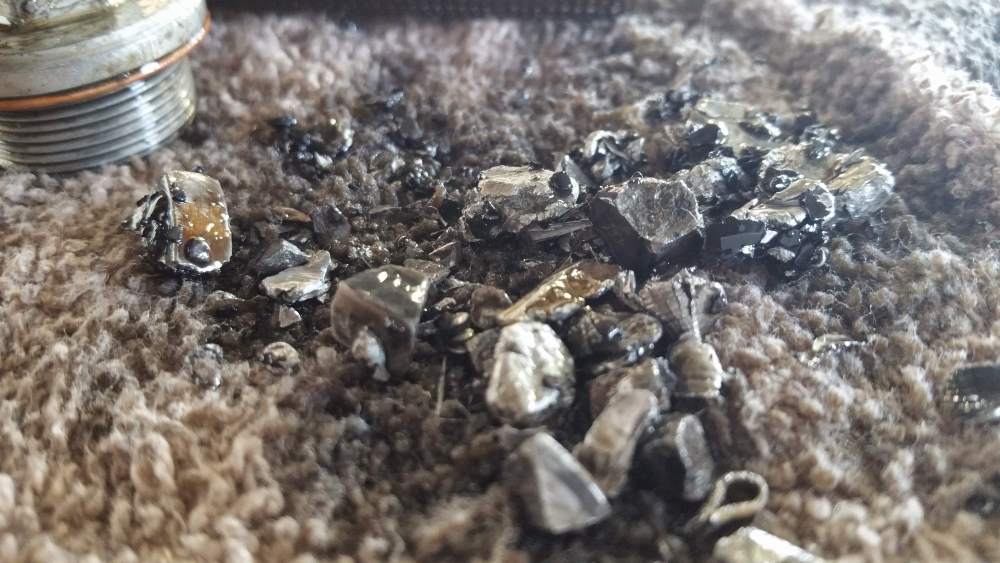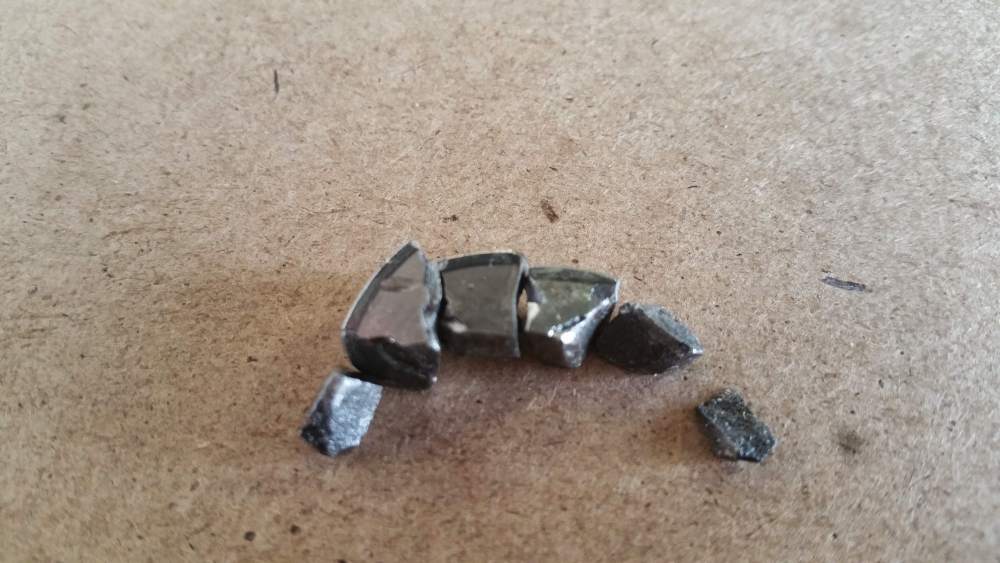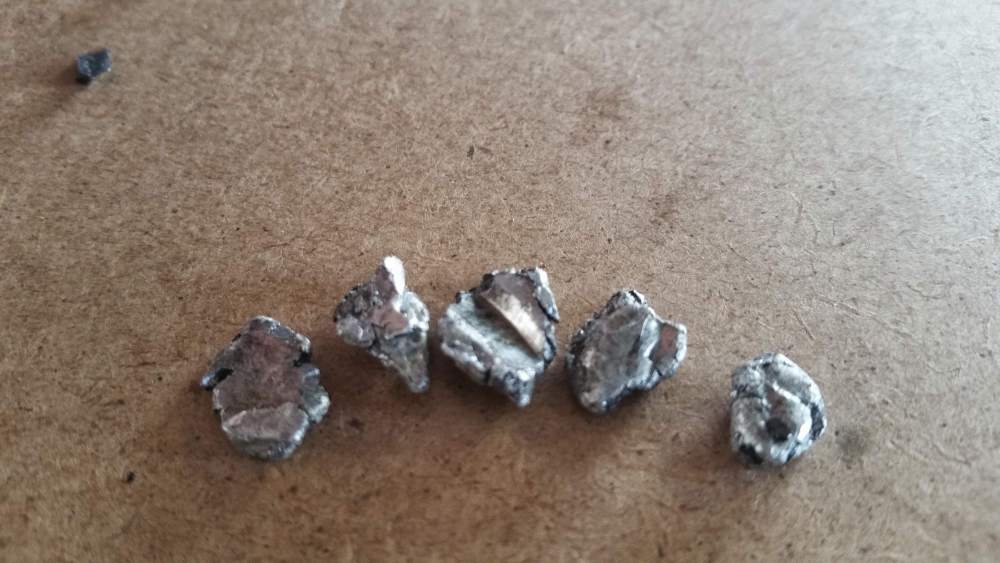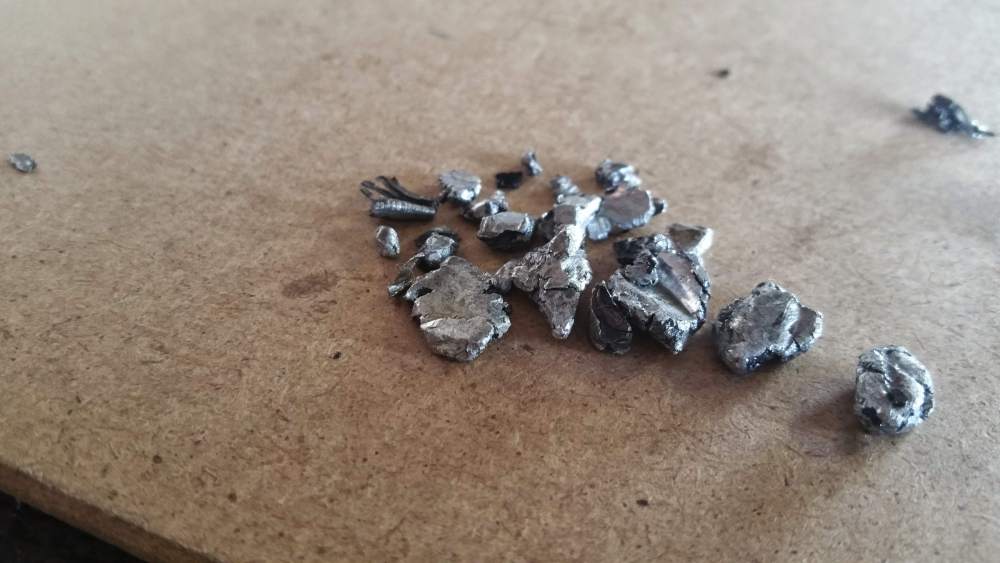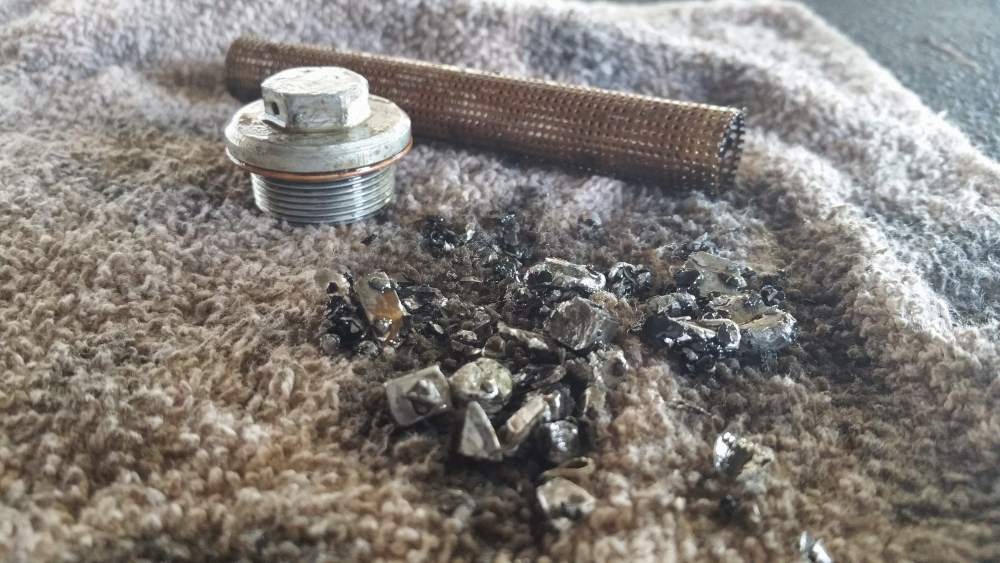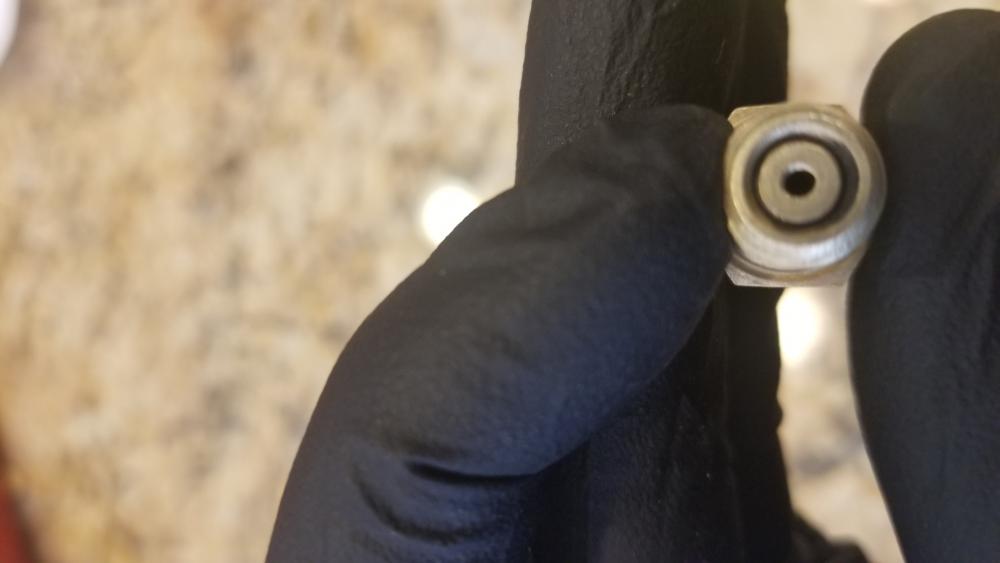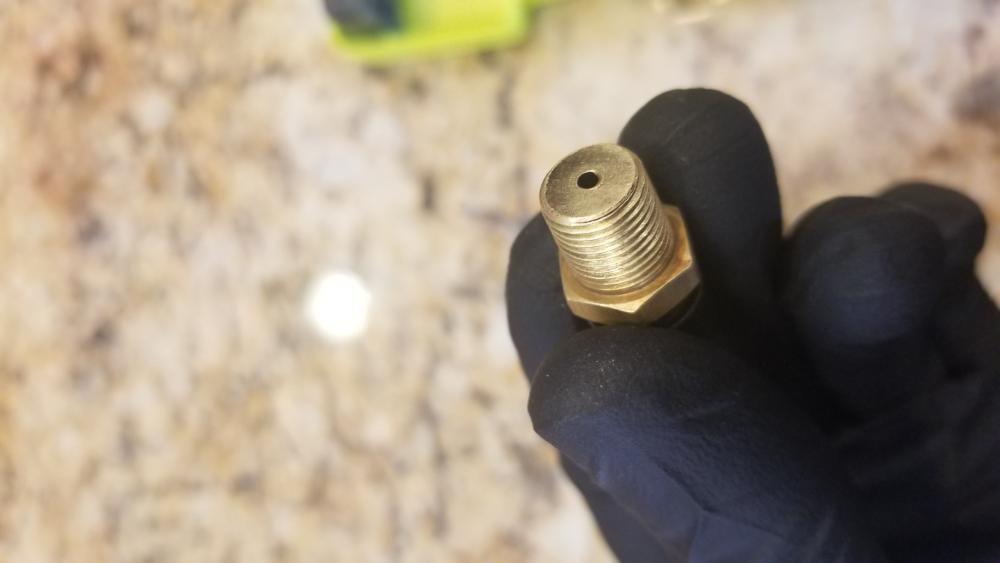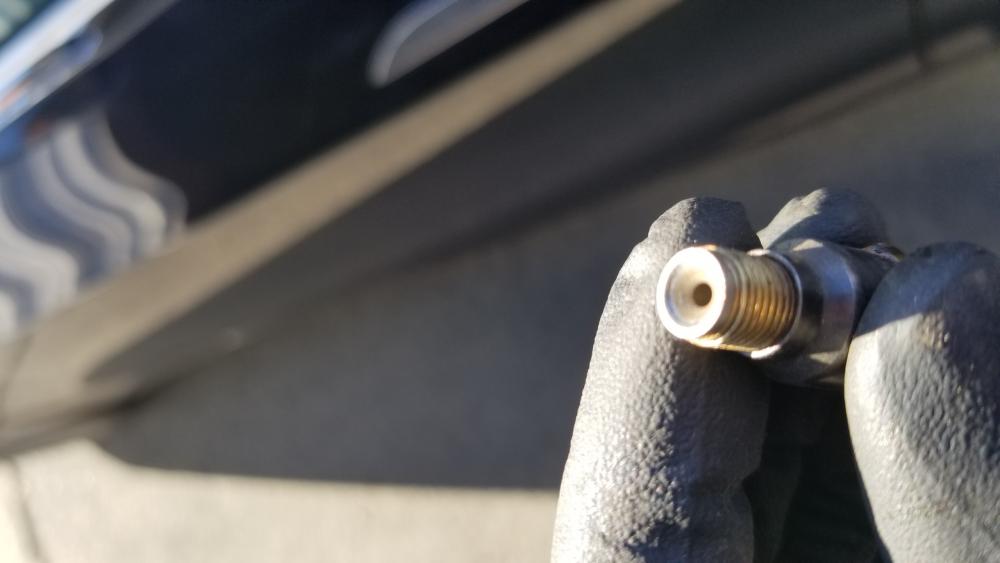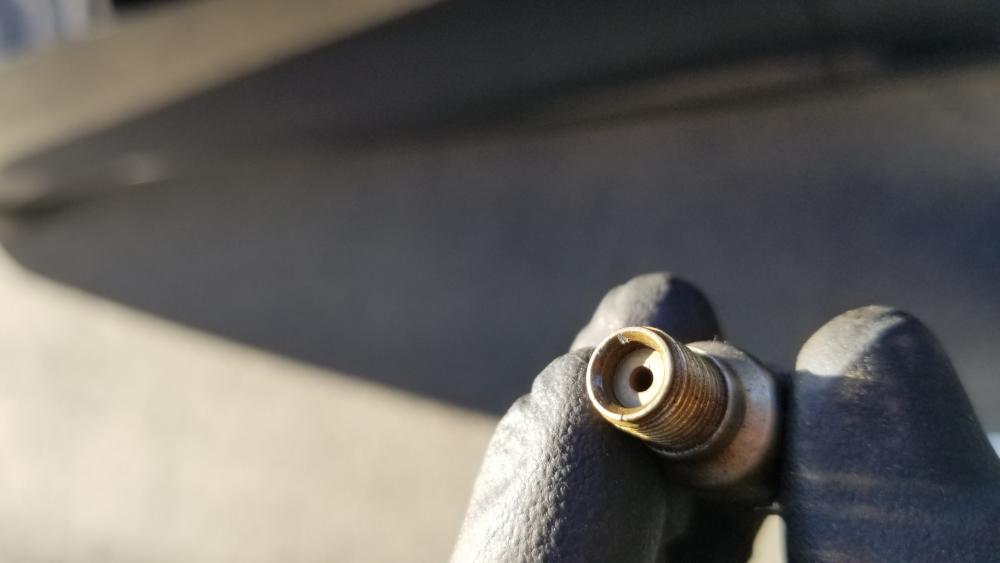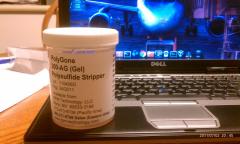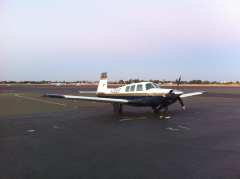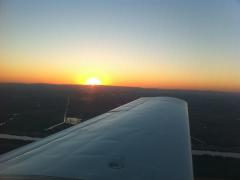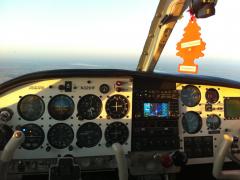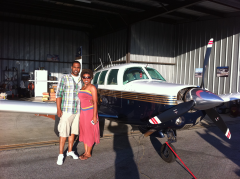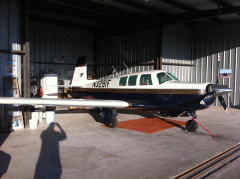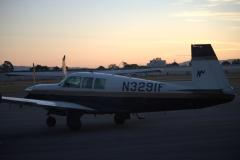-
Posts
90 -
Joined
-
Last visited
Content Type
Profiles
Forums
Blogs
Gallery
Downloads
Media Demo
Events
Everything posted by dmevans
-
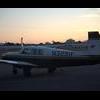
Any tricks to pulling oil screen on IO-360?
dmevans replied to RobertGary1's topic in General Mooney Talk
Yeah, no kidding! When I saw all that metal, my heart dropped and my wallet went up in smoke -

Any tricks to pulling oil screen on IO-360?
dmevans replied to RobertGary1's topic in General Mooney Talk
If I remember correctly, I think 2 tappets had been been cracked. My engine case was jacked up too. No matter how bloody my knuckles, I will be changing the screen at EVERY oil change. Lol. Here's a couple more photos... -

Any tricks to pulling oil screen on IO-360?
dmevans replied to RobertGary1's topic in General Mooney Talk
A few years back, I saw hardly any metal in the oil filter, but this is what I found in the screen... I was suffering from low oil pressure... So the answer is yes, it is possible. :) -

InterAv Alternator conversion troubleshooting
dmevans replied to danb35's topic in Vintage Mooneys (pre-J models)
I have a quick question. I just bought a plane power r1224 regulator to replace my InterAv one that just took a dive. On the back of my InterAv alternator, I have 4 terminals. POS, GND, Field, and REG. The plane power instructions do not address what I should do with the REG wire? Do I get rid of it? Does it run to Aux on the new regulator. Any information would be appreciated. Thanks in advance! -
Hey everyone, I took the plane out yesterday headed to the coast. About 15 min into the flight, I got an overvoltage indication on my EI panel. The voltage was fluctuating between 14.5 and 15.5. It seem to do this regardless of RPM. I took the cowls off once I landed to have a look around. I thought I may have a bad ground, loose wire, etc. I wasn't able to find anything. I cowled everything up, fired her up, and everything was back to normal 14.2 volts solid on taxi. Did a runup 14.2 solid. Went up for a local flight and everything was normal until about 10 minutes into the flight. Volts started fluctuating again!! I'm thinking it may be the voltage regulator, but I am not certain. I have an InterAv system with the alternator STC. I attached a video of the voltage fluctuation, but it's hard to see due to the display. This was taken after I landed, parked in front of the hangar at approximately 1,000 RPM https://photos.app.goo.gl/aTHewwXAUeGjoXPY2 Any help is greatly appreciated guys! Thanks.
-
Well that's good to hear. Ly-Con called me and confirmed it as well. Thanks so much for the responses guys!
-
I agree. I think it's a totally different injector. I was able to get in touch with one of the mechanics from the engine shop and he told me it's an "early model" injector. Here are a few pics of the bottom of the injector. The bottom pic matches the other 3 injectors.
-
Hey guys, I just got my engine back from overhaul and noticed that #3 was running 100 degrees hotter than all of the others. I pulled the injector to clean it and noticed the injector looks totally different than the others. I measured the opening in the top of the injector and it is definitely smaller than all of the others. The main difference is there's no restrictor/insert. I've Google'd and can't to find anything that references this style injector. To top it off, the company that did my overhaul went out of business... The second picture is the odd ball injector. Just ordered a new precision airmotive injector from aircraft spruce.
-
Hello all. I have worked in a VFR tower, the ARTCC (Center), and I currently work as a air traffic controller in a Tower/TRACON. Let me just start by saying, you don't know how many near mid-airs I see on the radar scope between 2 VFR (1200) targets. It happens more frequently than you think. Usually when I vector a VFR on FF it's because you are going to be really really close to converging or opposite direction traffic that you may not be able to see until it's too late. We don't do it for airspace unless it's restricted, prohibited, or a TFR is active. When you choose to not be on flight following, your mode C is not verified. This is why when we call traffic on an unverified target (1200) we always say "altitude indicates". I've had instances where non-verified mode C targets have been off by 1500-2000 feet. ADSB is nice, but if pilots aren't putting in the proper altimeter settings, that plane may be close than you think. As always, if you have any ATC questions, feel free to ask.
-
My fellow Mooniacs, I am cleaning out the hangar and have a few things for sale. All of the parts listed are brand new sealed in original packaging, except for the Whelen NAV/Strobe light system. My loss is your gain. PM me if you have any questions. All items are shipped Fedex 2-Day free of charge! Pegasus Panel Mounted Compass - Unlit $250 Retail - $50 Shipped https://www.aircraftspruce.com/catalog/inpages/sirs_compass.php?clickkey=3075522 Photos: https://goo.gl/photos/pY7xXsEDtMUKgaYLA Comant Transponder/DME Antenna - $170 Retail - $50 Shipped - ***SOLD*** https://www.aircraftspruce.com/catalog/avpages/comant105.php?clickkey=5060 Photos: https://goo.gl/photos/Jwb8zDb5LW3ftVFm9 Want your LED’s, HID’s, or Halogen landing lights to pulse or “wig-wag”? Look no further! Pulselite - $360 Retail - $100 Shipped http://www.aircraftspruce.com/catalog/elpages/pulselite1.php Photos: https://goo.gl/photos/qBCKhY4TYBeGRmNe6 3 Position Whelen Nav/Strobe Light Kit - $350 Shipped I have recently upgraded to LED NAV/Strobes. This kit includes the following: 1 - Red Left Nav/Strobe Unit 1 - Green Right Nav/Strobe Unit 1 - Tail Strobe/Position Unit 1 - HDACF 14/28v Strobe Driver Unit 1 - Pack of 10 Molex Connectors (New) 1 - 60’ 16/3 Shielded Strobe Wire (New) Photos: https://goo.gl/photos/1GurtRCVfjsebrQP6
-

JPI EDM800 upgrade package from $300
dmevans replied to Aerodon's topic in Avionics / Parts Classifieds
Am I out of luck if I have an EI UBG-16 -

What is the correct visual approach pattern?
dmevans replied to IndyTim's topic in Miscellaneous Aviation Talk
Hey guys, I am a Mooney Driver and a full time Air Traffic Controller. I have seen a lot of good advice and input on this thread so far. So let's talk visual approaches. The reason we clear aircraft for the visual approach is to expedite IFR aircraft to their destination. There is no need to vector an aircraft to final if the pilot is on downwind and can see the airport off his/her wingtip. If you are cleared for the visual approach at a towered airport, you are expected to proceed to the airport without making any drastic maneuvers ie. (crossing overhead the airport, extending downwind, 360's, etc...). If you find yourself in a situation where you cannot make the runway because you are too high or too fast, advise the controller before making any drastic changes to your flight path. Here's why: 1.) Remember that you are still IFR. When you are IFR, the Tower/Tracon has increased separation responsibility for you in comparison to VFR aircraft. For example, let's say you were cleared for the visual approach with a regional jet 10 miles behind you. The regional jet did not have you in sight, but approach control issued a speed restriction to ensure separation between both aircraft. The regional jet is still on approach control frequency. You're 4 miles from the airport tracking inbound on a right base/midfield downwind entry. You decide to cross overhead the airport and enter the downwind due to your higher than normal approach speed and altitude. You can see how the 10 miles between you and the regional jet could diminish fairly quickly. This is an exaggerated scenario, but can you see where I am going here? 2.) Giving the controller a heads up in this scenario will allow the tower controller to coordinate with the approach controller on your sequence reference the in-trail regional jet. Non towered airports: You can do whatever your heart desires. As an approach controller, I cannot clear another IFR aircraft in or out of that airport until the aircraft calls me to cancel his/her IFR or reports on the ground. -------------------------------------------------- Hope this helps. If you guys have any other ATC related questions, tag me in the post, or PM me. I will be more than happy to help! -
Quote: jlunseth I have been on a mission to figure out how to operate my 231 in all the parts of its envelope. The certified ceiling is 24,000. We tried FL230 last year and had some excitement with "high altitude miss" where improper pressurization of the magneto leads to arcing across the cap in the thin air in the flight levels. Got that fixed at annual over the winter, but just have not had the right circumstances to go that high again. This weekend my copilot and I went to Kalispell from Flying Cloud in Minneapolis. We had the usual share of adventures. The vacuum pump pooped out on the first leg of our trip to KGPI, fortunately in VMC. I made the mistake of leaving the plane on autopilot for a little bit while we decided what to do and then told ATC we needed to divert to KBIS (Bismarck). As the AI wound down, the plane started bucking and gained a little altitude, which concerned ATC (because they knew our circumstances by then), but I disconnected the AP and made an uneventful landing. Lots of flooding at Bismarck and throughout ND. Bismarck Aero found a mechanic and the pump was changed in short order, but it was too late to continue so we stayed the night in the FBO at BIS. For future information, they have a sleeping room with two single beds, worked out really well. The trip out was at FL220, the winds aloft were not too bad, but another 2,000 feet to the service ceiling and they were screaming and in the wrong direction, so we did not have a chance to try FL240. On the way back we got our chance. ATC gave us FL240 for the leg from KGPI to our refueling stop at BIS. As those of you know who have been on this site for awhile, my 231 has the Merlyn wastegate and Turboplus intercooler. The Merlyn increases the critical altitude (the altitude at which the aircraft can no longer generate 100% HP), but I had never tested out where this happened with the Merlyn. The critical altitude on the 231 as it came from the factory with the fixed wastegate was 15,000 +/- 500. We found it at 22,500 with the Merlyn, using the numbers generated by the JPI's %HP algorithm. It was quite a bit warmer than a standard day, -24C at FL240 which is around 10 deg. warm, so I suspect we would get better on a standard day or a cold winter one. It was not until the last 1,000 that the climb rate reduced from my standard 500 fpm cruise climb. We hit about 300 fpm from 23,000 to 24,000. At altitude the plane quickly accelerated to about 182 TAS before I pulled it back to cruise. We cruised at 27.4 MP and 13.7 gph. The 13.7 seems to be the magic figure for my aircraft in a cruise range of 75-80%. I am at the point where it does not seem worth it to go through the lean procedure with the JPI, I just pull it back to 13.7 and all the cylinder temps fall in line in the 370' and 380's at altitude. Bear in mind that in the high thin air, cooling is not as good as lower down, so those are good working temps. We made the trip from KGPI to KBIS in a flight time of 3:00. We hit a ground speed at one point at cruise of 234 knots. My copilot got a picture of a 233 or maybe the 234 that I will post when I get it. Not too shabby for a fuel mileage of close to 20 mpg. I have a couple of goals to work on with the plane's envelope this summer. One is to run a tank dry, or nearly dry. At landing, if my gauges show zero on one tank or the other, there is still somewhere around 6-10 gallons in the tank. Normally we land nowhere near dry in either tank, even for a long trip, but I would like to know how far my plane really will go on full fuel. I have done some testing on the fuel flow meter with the JPI, and it is very accurate, much more so than the tanks. I know within a tenth of a gallon what I have used. Just need the right circumstances, I don't want to try this at FL240. If I blow it and the engine stops, so does the turbo, and it will be quite awhile and several thousand feet before the engine will want to start again. The other is to try LOP. I flew some LOP last year, and have taken the Advanced Pilot Seminar, but the plane really did not like LOP, just ran rough. I had it tweaked some at annual, so am anxious to try that again. Wouldn't it be great if I could cruise at FL240 and 225 GS, at 11 or so gph? Only a couple of other notes on the trip. I filed for FL240 leaving BIS to FCM and they wanted me at an odd altitude. The controller offered me FL210 and 230 and I took 210, but he questioned that altitude. His exact statement was, "We don't see many Mooneys at that altitude." So I don't know, maybe we need to organized a turbo Mooney group and buzz Salt Lake Center's facility at FL240 so they understand turbo Mooneys better. The other was the departure from KGPI. For those who don't know the place, there are Rockies on both sides, and the ridge on the east is around 10,000. Normally, we have plenty of time to climb over it, but this time my friendly winds aloft were pushing us pretty good. I had to go Vx at 9,000 and at that, had to fly through a "notch" in the crest ridge. Made for a pretty view though. Copilot noted the "TERRAIN ADVISORY" on the GPS. At least now she knows what that is for. She got some spectacular pictures.
-

The fun begins...Time to strip and reseal the tanks :(
dmevans posted a gallery image in Old MooneySpace.com Images
From the album: #dmevans's album
-
I just wanted to let everyone know how cool it was for me to finally meet several other Mooney pilots on this forum at the Summit. I ran in to Quinn, Mitch, Jolie, and a few other Mooney drivers! I look forward to getting together with the Mooney Ambassadors once I return from air traffic controller training in Oklahoma City
-
Dave, We've got to talk man! I am headed out to the airport after work today to address the exact same issue with my plane! It seems the previous owners of my aircraft have rigged the cowl flaps as well... I was flying back from Mather last friday and I noticed the CHT's on cylinders 1 & 2 were extremely low in cruise. Sure enough, my cowl flaps don't even move now! I have addressed this issue in the past, but I think I am going to drop the 300+ dollars and get a new cable!!
-

Parked at transient at Sacramento Executive (KSAC)
dmevans posted a gallery image in Old MooneySpace.com Images
From the album: #dmevans's album
-

Sunset off the wingtip before descending into Sacramento Executive (KSAC).
dmevans posted a gallery image in Old MooneySpace.com Images
From the album: #dmevans's album
-
From the album: #dmevans's album
-
From the album: #dmevans's album
-
From the album: #dmevans's album
-
From the album: #dmevans's album
-
I have a quick question... I purchased the LASAR nose wheel hub cap set (2 pieces - front and back). I am going to need to remove the nose wheel to install the hub cap on the back side of the nose wheel. Is there an easy way to jack the nose wheel off the ground without using jacks under the wing and a tail weight? Is there a way to just use a tail weight to relieve enough pressure off of the nose gear to remove it and reinstall it?
-
Hello everyone, I am going to be leaving to Oklahoma City in a few months for 4.5 months of training with the FAA. I was thinking about taking my Mooney, but it will probably be best if I left it in its hangar in sunny California. Question: What steps should I take to preserve the engine while I am gone? I have heard about engine dehumidifiers and special oils that protect your engine when it is sitting. Any thoughts are appreciated! -Derek 1967 Mooney M20F


